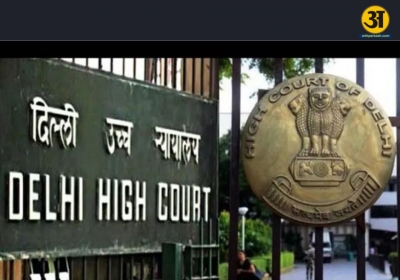
The undersea volcano Hunga-Tonga-Hunga-Ha’apai erupted unexpectedly, causing tsunamis across Tonga
The eruption of the Tonga volcano
The explosion of the Hunga volcano in Tonga, despite appearing to be the world’s largest eruption in three decades, is unlikely to have a short cooling influence on the global climate, as some previous massive eruptions did.
While Tonga’s citizens battle to recover from a cataclysmic volcanic eruption that blanketed the Pacific island nation in ash and flooded it with water, scientists are working to better comprehend the eruption’s global impacts.
They already know the answer to one key question: while appearing to be the world’s largest eruption in three decades, the Hunga volcano’s outburst on Saturday is unlikely to have a short cooling influence on the global climate, as some previous massive eruptions did.
However, there may be short-term effects on weather in some regions of the world, as well as modest disruptions in radio broadcasts, particularly those used by global positioning systems, in the aftermath of the event.
Scientists will be investigating the incident for years due to the shock wave produced by the explosion, as well as the peculiar nature of the tsunamis it caused. Tsunamis have been reported not just in the Pacific, but also in the Atlantic, Caribbean, and Mediterranean.
Lori Dengler, an emeritus professor of geophysics at Humboldt State University in California, stated, “Not that we weren’t aware of volcanic explosions and tsunamis.” “However, seeing it with the modern array of technologies we have available is simply unparalleled.”
The underwater volcano, formally known as Hunga Tonga-Hunga-Haapai, erupted, dumping dangerous ash across the region, including the Tongan capital, Nuku’alofa, approximately 40 miles south. A 4-foot tsunami hit the capital, while larger wave heights were reported elsewhere.
The government described the eruption as an “extraordinary calamity,” however the exact extent of the damage is difficult to assess because the explosion broke undersea telecommunications cables and prompted Tonga’s airports to close.
Shane Cronin, a volcanologist at the University of Auckland in New Zealand who has researched previous eruptions at the volcano, claimed the Hunga eruption “was matching the force of Pinatubo at its peak.”
However, the Hunga eruption lasted only about 10 minutes, and satellite sensors estimated about 400,000 tonnes of sulfur dioxide reaching the stratosphere in the days that followed. “The amount of SO2 released is a fraction of what Mount Pinatubo releases,” said Michael Manga, an earth sciences professor at the University of California, Berkeley.





